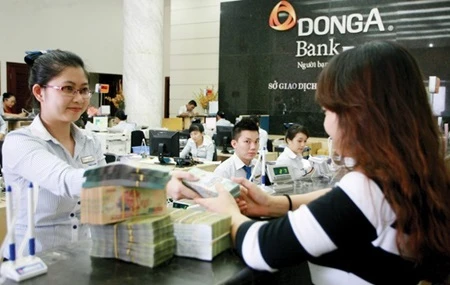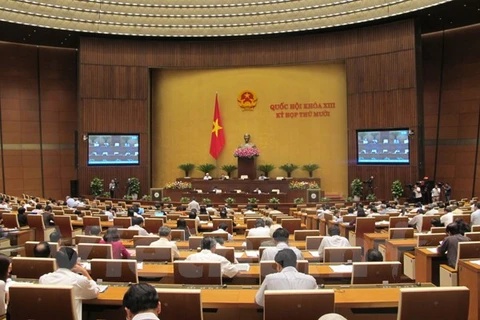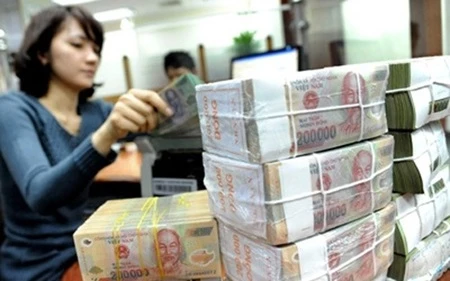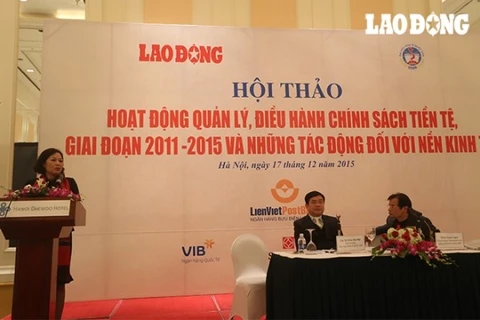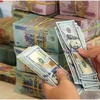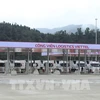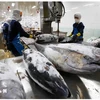Hanoi (VNA) – The State Bank of Vietnam (SBV) expects credit growth at 18 – 20 percent in 2016, the bank’s Deputy Governor Nguyen Thi Hong said on December 24.
Credit grew by 17.17 percent as of December 21, higher than that of the same period from 2011 to 2014, the SBV said, estimating the whole year’s credit expansion at 18 percent.
The bank reported that credit flowed into different fields of production and business, especially sectors prioritised by the Government. By the end of November, credit to the hi-tech industry surged by 44.78 percent and to agriculture and rural development by 10.8 percent.
The loan supply continued to be managed in line with the simultaneous goals of stabilising exchange rates and forex markets, controlling inflation, attaining appropriate credit growth, and supporting credit institutions to buy Government bonds and tackle bad debt.
By November 30, about 99.6 percent of credit institutions’ non-performing loans estimated at the end of September 2012 were settled. Bad debt of the entire system was cut down to 2.72 percent, compared to the targeted 3 percent, said Bui Quoc Dung – Director of the SBV’s Monetary Policy Department.
In addition to the active employment of measures to restructure credit organisations, the attained bad debt solving outcome has greatly contributed to improving liquidity, reduce overall interest rates and fuel credit expansion, thus energising economic growth, he noted.
The central bank also reported that overall interest rates this year declined by 0.2 – 0.5 percent annually, strongly supporting production and business activities while ensuring stable monetary and forex markets.
Meanwhile, the whole sector’s mobilised capital rose by 13.59 percent by December 21, a favourable condition for banks to increase credit supply.
Current lending interest rates has gone down 0.3 – 0.5 percent from the end of 2014, equivalent to a 50 percent nosedive compared to the end of 2011. Deposit interest rates has dropped 0.2 – 0.5 percent and remained at a relatively low level.
Dung said exchanges rates and the monetary market were further stabilised in 2015, the confidence in the VND was promoted, the dollarisation in the economy eased, and the legal demand for foreign currencies was satisfied.
Positive data recorded in the forex market reflected the effectiveness of monetary policies, including the 3 percent increase in the inter-bank VND/USD exchange rate and the widening of VND/USD trading band to +/- 3 percent as a timely response to negative impacts caused by international financial markets.
Deputy Governor Hong said the SBV is looking to manage exchange rate policies more flexibly and take into account global factors so as to ease the preference for foreign currencies and raise the stature of the VND.
For 2016, it will proactively and flexibly carry out monetary policies in combination with fiscal and macro-economic policies in order to curb inflation within the set target of 5 percent, ensure macro-economic stability and fuel the economic growth rate at about 6.7 percent.
The central bank will also align interest and exchange rates to the macro-economy, inflation, and domestic and global monetary markets, continue restructuring credit institutions and addressing bad debt, while enhancing the supervision and monitoring of banks, Hong added.-VNA

